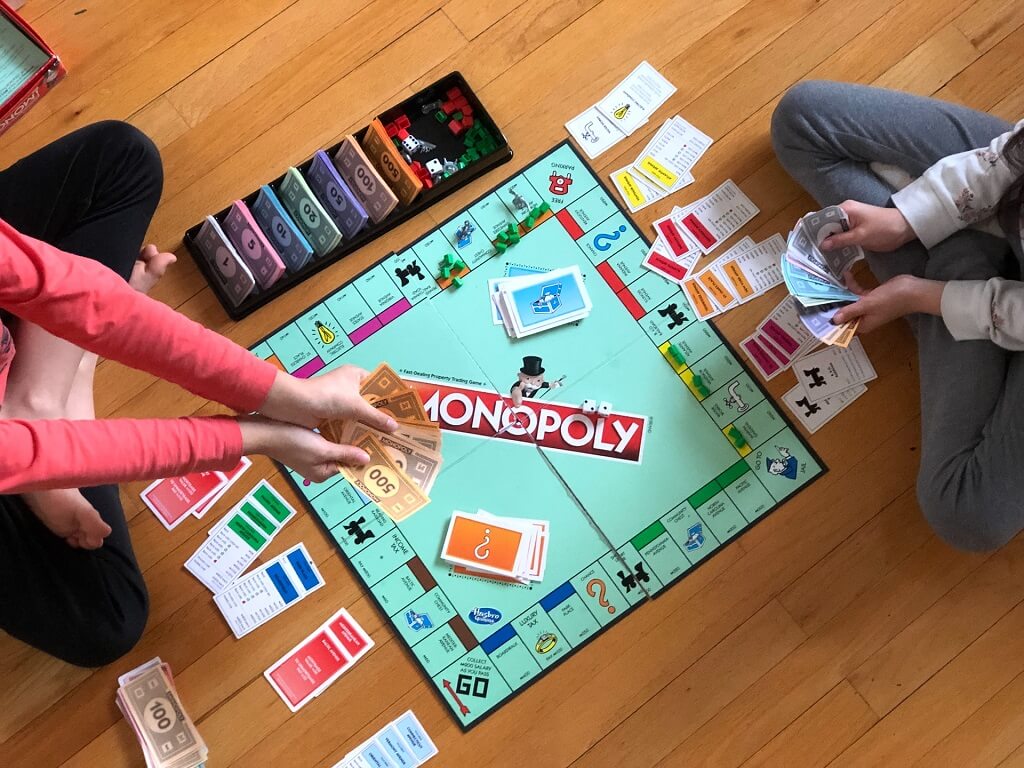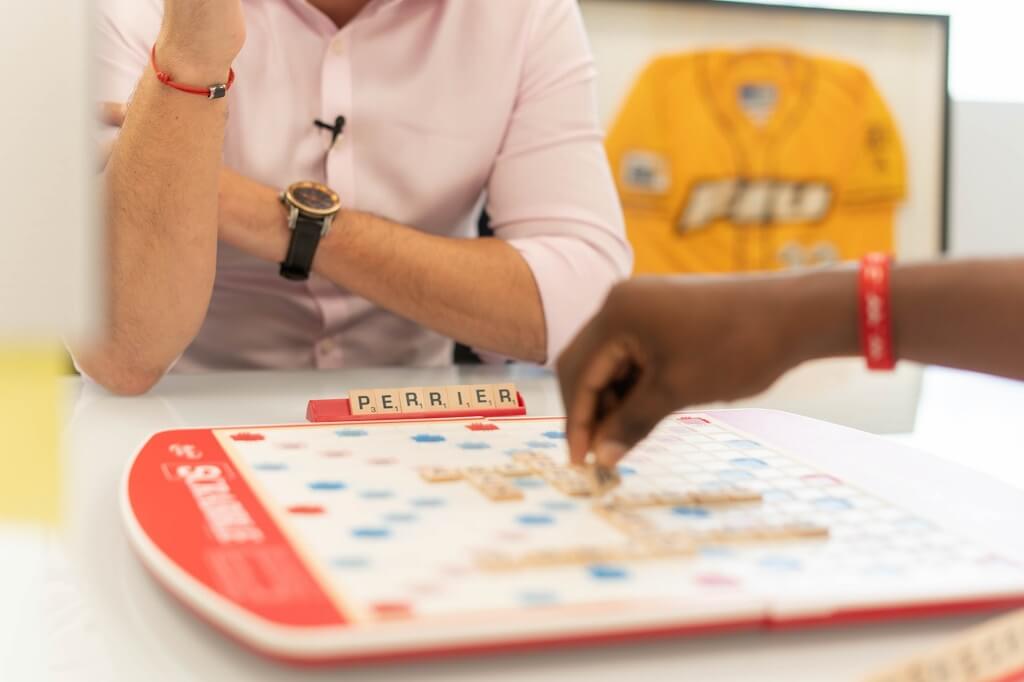Board games are a source of joy, camaraderie, and friendly competition. However, there comes a time in every game when a stalemate emerges, leaving game designers scratching their heads in search of a resolution. Breaking ties in a board game is an art that requires creativity, strategy, and a touch of diplomacy.
In this article, we explore seven ingenious and proven ways to breathe new life into your custom board games and avoid the dreaded deadlock.
Table of Contents
Sudden Death Challenges
Injecting a sense of urgency can electrify the atmosphere and break the monotony of a tie. Introduce sudden-death challenges that force players to showcase their skills in a short, intense round. This could involve a quick trivia quiz, a speed round, or a physical challenge depending on the nature of the game. The winner of the sudden death challenge breaks the tie and emerges victorious, adding an exciting twist to the gameplay.
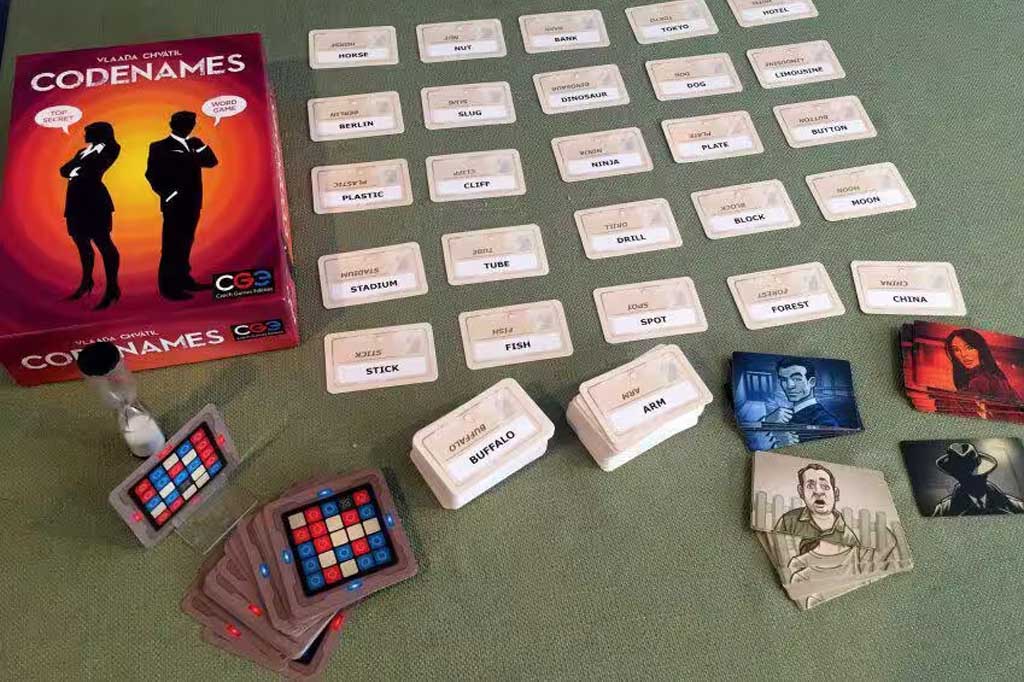
In Codenames, if there’s a tie, a sudden death challenge could involve a speed round where players have to guess as many words as possible in a limited time to determine the winner.
Tiebreaker Cards
Including tiebreaker cards in your board game can add an element of unpredictability. These special cards can be distributed at the beginning of the game. When a tie occurs, players reveal their tiebreaker cards, each containing a unique challenge or decision-making scenario. The player with the most favorable outcome breaks the tie and claims victory, making the game dynamic and adaptable.
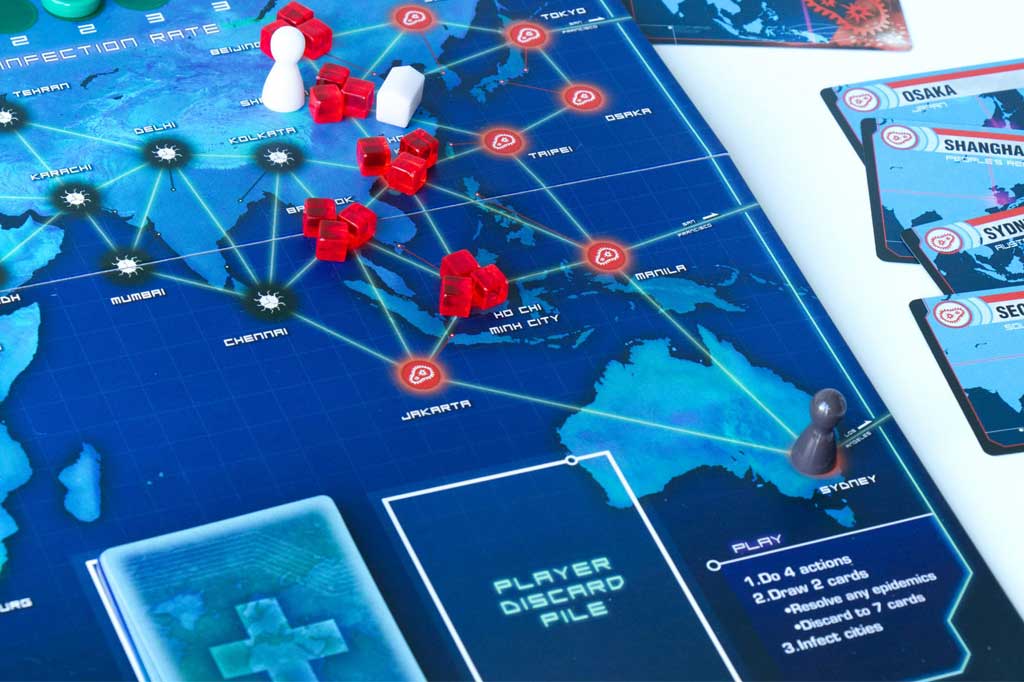
In the Pandemic, if a tie occurs, players can collectively decide the winner based on how well they’ve managed to contain and eradicate the diseases.
Collaborative Endgame Objectives
Encourage players to put their heads together and collaborate on achieving a common goal. Introduce endgame objectives that require a collective effort, such as constructing a monument or solving a puzzle. If a tie persists, the players can collectively decide the winner based on their success in completing the shared objective.
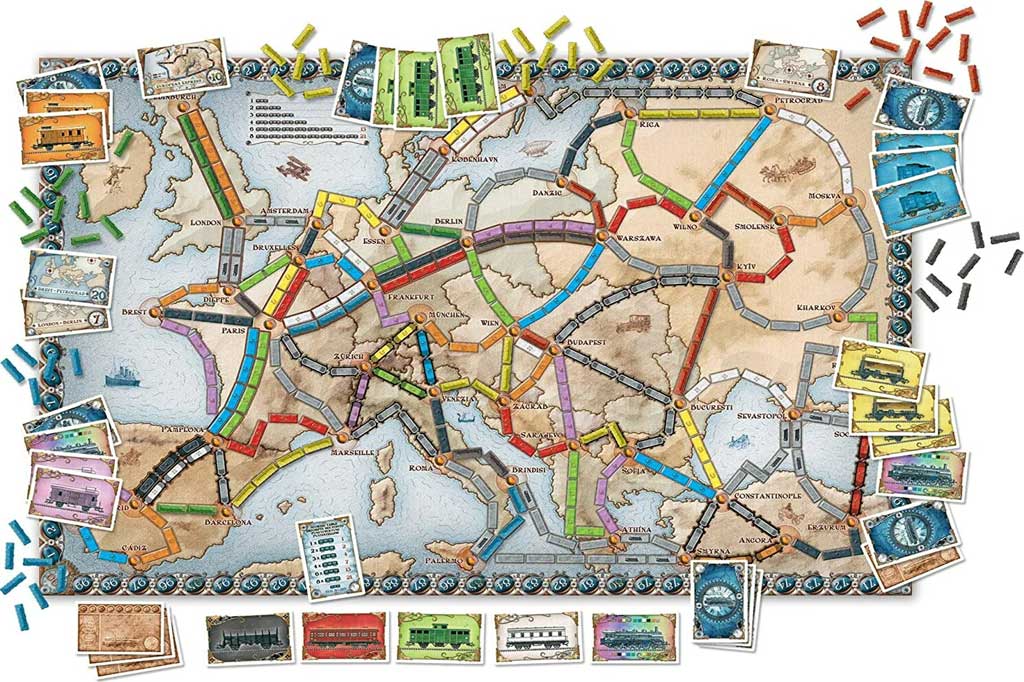
Ticket to Ride, a popular railway-themed board game could incorporate tiebreaker cards that present additional route challenges or obstacles. Players reveal these cards in case of a tie, determining the winner based on the drawn challenges.
Auctioning Resources
For games involving resource management, a tiebreaker auction can introduce a thrilling element of strategy. In this scenario, players bid with their accumulated resources or in-game currency to break the tie. The player willing to sacrifice more to secure the victory emerges as the winner. This method not only adds a layer of complexity but also forces players to carefully consider their resource allocation throughout the game.
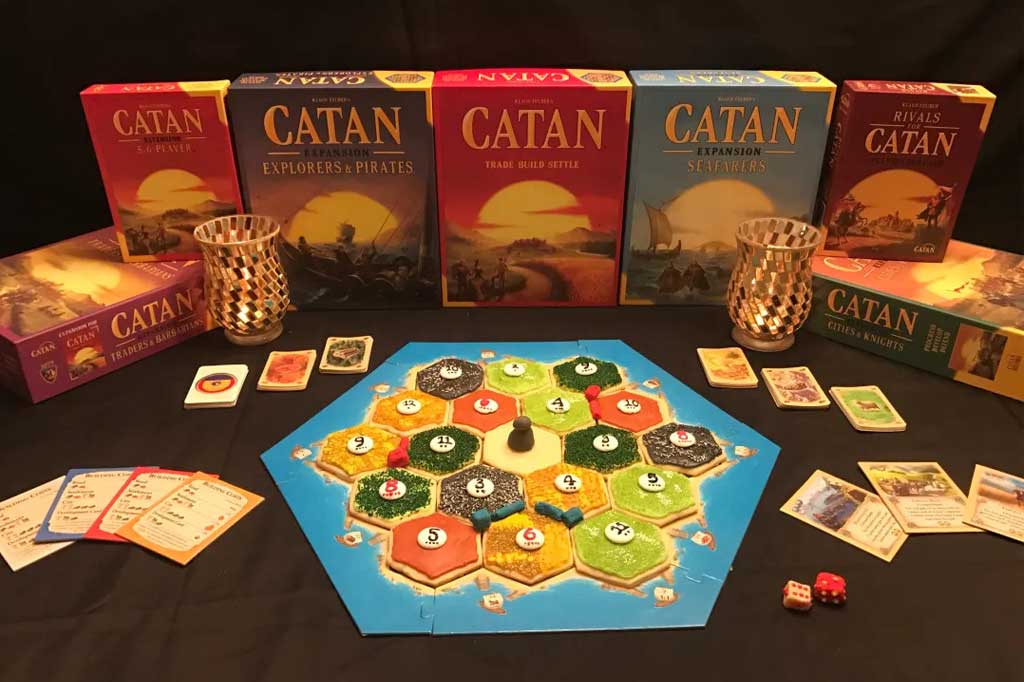
Settlers of Catan, this resource management game could introduce tiebreakers involving players auctioning off their resources to secure victory. The highest bidder, sacrificing more to win, breaks the tie.
Diplomatic Negotiations
Sometimes, breaking a tie requires more than just game mechanics; it calls for diplomacy. Allow players to engage in negotiations to form alliances or make deals that can sway the outcome. This could involve resource trades, promises of future support, or even forming temporary alliances against a common rival. The diplomatic approach introduces a social aspect to the game, making ties more interesting and unpredictable.
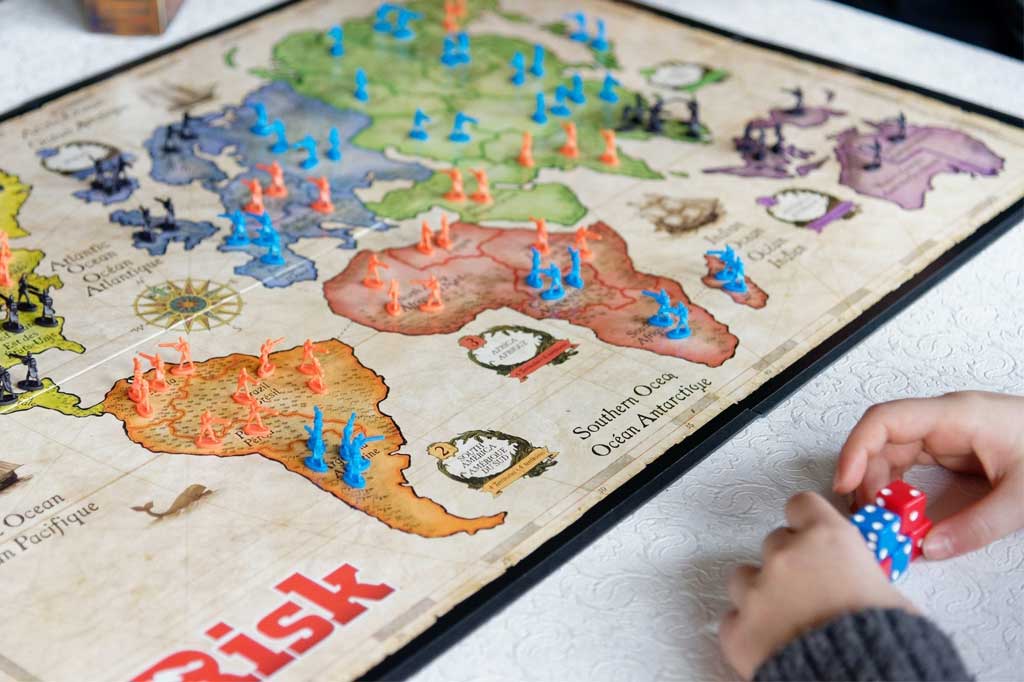
In Risk, players have the option to participate in diplomatic discussions to forge alliances against a common enemy. If a tie persists, diplomatic agreements and backroom deals can influence the final outcome.
Progressive Tiebreakers
Plan ahead for potential ties by implementing a progressive tiebreaker system. Define a series of tiebreakers that become progressively more challenging or complex. Start with simpler criteria like the number of resources or victory points and move on to more intricate conditions if needed. This ensures a fair and logical resolution while maintaining the flow of the game.
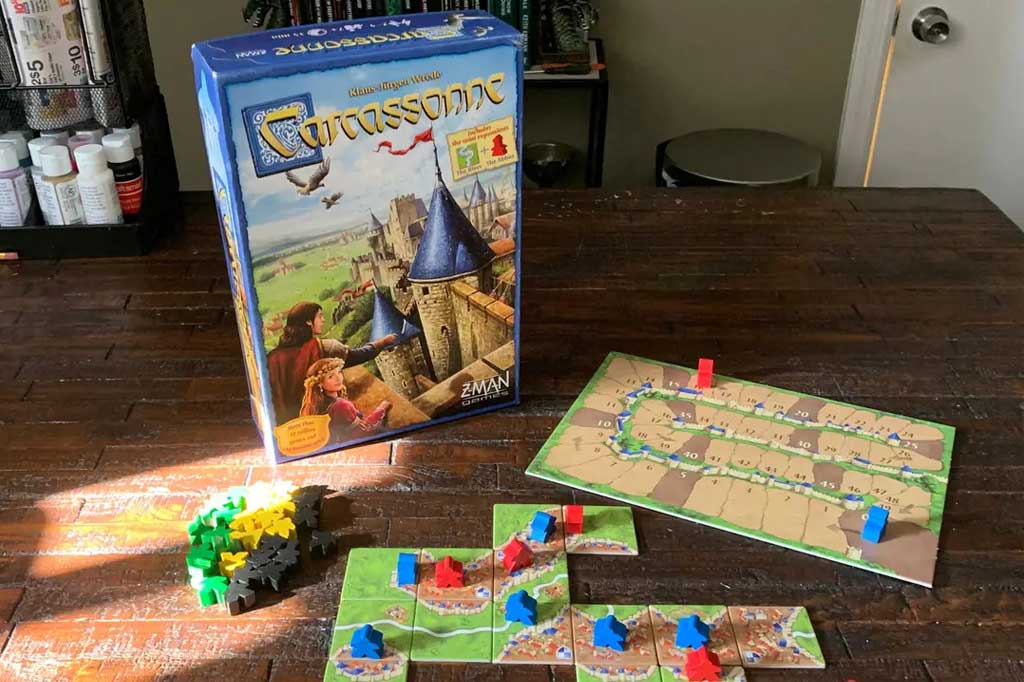
Carcassonne board game rules involve building landscapes with tiles. Progressive tiebreakers could start with the player with the most completed features, then move on to more intricate conditions like the largest connected road or city.
Random Events
Embrace the unpredictability of chance by introducing random events that can tip the scales in favor of one player. Create a deck of cards or a dice system that triggers unexpected occurrences, such as a sudden influx of resources, a change in the game board layout, or a surprise challenge. Random events inject an element of excitement and uncertainty, breaking ties in a way that keeps everyone on their toes.
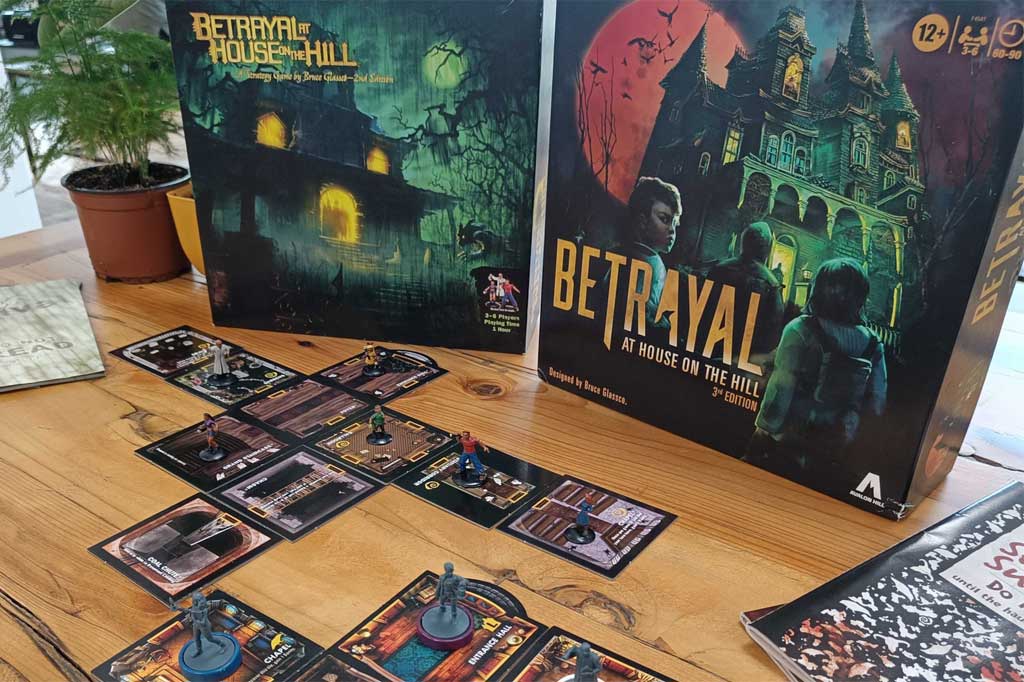
Betrayal at House on the Hill is a horror-themed board game where players explore a haunted mansion. Random events had been introduced, triggered by drawing event cards, leading to unexpected occurrences that influence the outcome of the game and break ties in surprising ways.
Conclusion
So, when you’re designing a new board game and feel stuck trying to break the ties, try incorporating these seven proven methods, you can turn a deadlock into a thrilling opportunity for creativity, strategy, and camaraderie.


